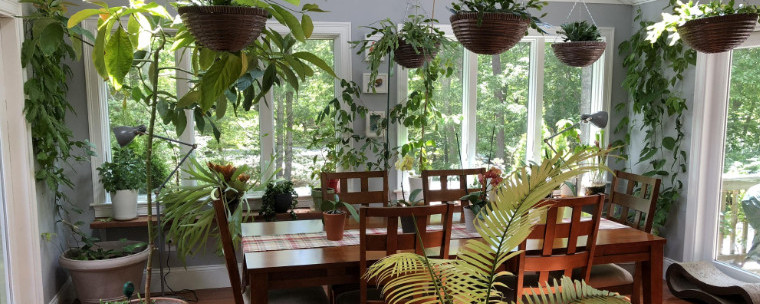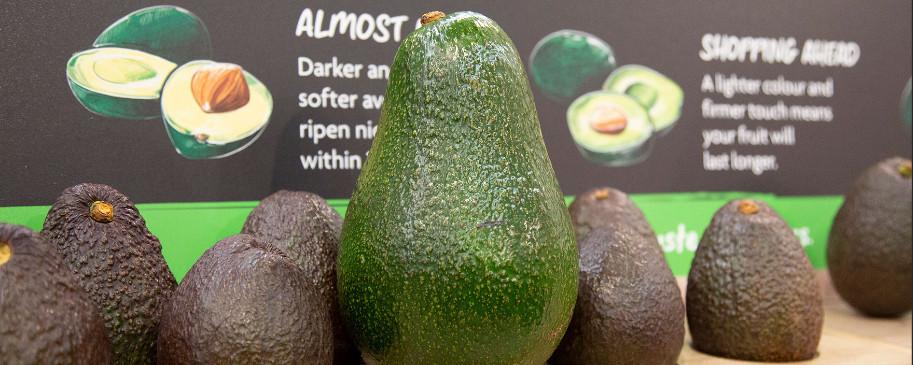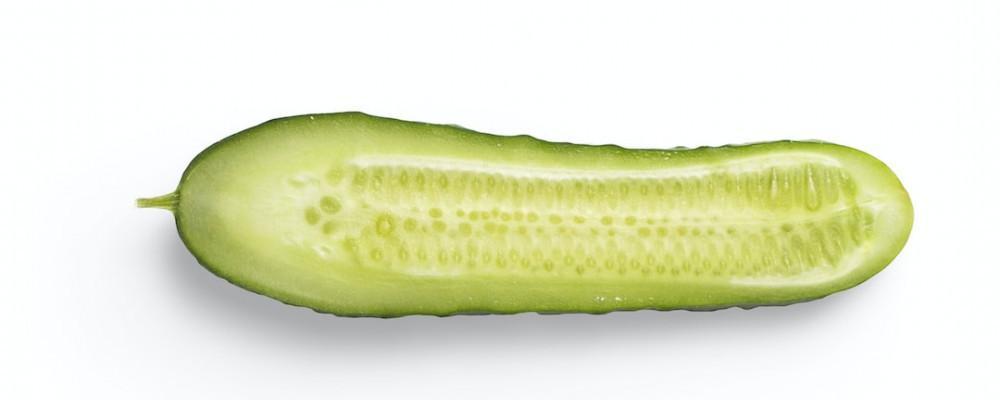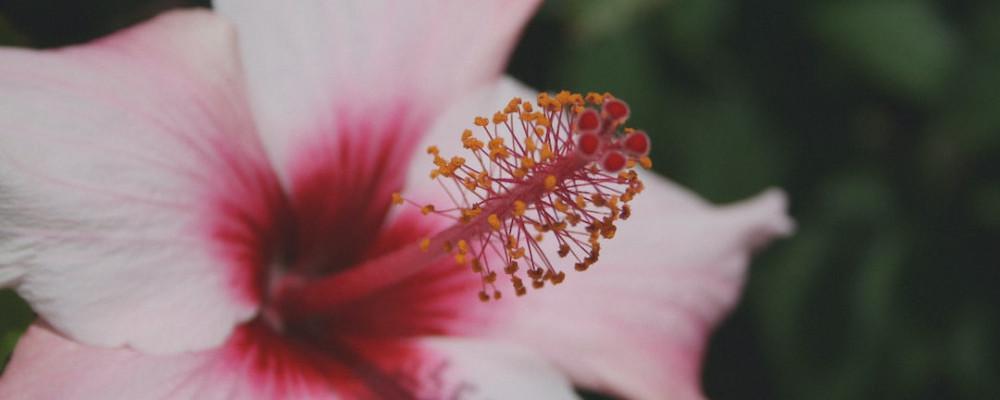
Tips For an Indoor Garden.
There is something enjoyable about being surrounded by plants. In our busy lives, we don’t have much chance to get out of the city into nature. So it is sometimes easier to bring a bit of nature into our homes. How do we do this and make it look attractive without looking like we have dropped random plants around your house? Let’s have a look.
Finding the right spots.
Finding the ideal location in your home is the first step before starting to grow your indoor vegetable garden. You can still have a productive indoor vegetable garden, regardless of whether you can convert a full room into it or can only use a tiny portion of any other room. The amount of natural sunlight the room receives and the typical temperature of the space are two crucial factors to take into account.
And be careful when putting different plants together as they will need, in some cases, different needs. Some will require more light and some less, some a higher temperature and some lower. A good idea is to buy a humidifier for each room you put plants in.
Small room humidifier.

Crane Droplet. I love this as it looks like a water droplet and is
perfect for the smaller room.

More Info.
Crane Droplet Ultrasonic Humidifier has a detachable, easily-cleanable tank that can store a half gallon of water and is ideal for humidifying indoor rooms up to 250 square feet for 15 hours.
Adjustable settings make it simple to choose the ideal humidity level for your room thanks to an optional filter slot and flexible controls; Simply make the necessary adjustments for several uses like a humidifier for plants, a humidifier for a baby, a humidifier for a bedroom, or a humidifier for a kid’s room.
ITEM HSA FSA ELIGIBLE: Our calming humidifiers and steam inhalers can help reduce cold and flu symptoms in your home or business, adding to your list of FSA HSA-authorized goods.
Larger room Humidifier
Homedics Humidifier. One of the best I have found for the
larger room. It not only looks good, but it also works well too.

More Info.
Visible Cool Mist: Using ultrasonic technology, water is transformed into a fine mist that is uniformly disseminated into the air, adding just the right amount of moisture to any sizable bedroom or family room up to 426 square feet.
Top-Fill Tank: 1.47-gallon water tank with Clean Tank Technology offers up to 70 hours of operation per fill and is simple to fill and clean.
Adjustable Settings: Choose from 3 cool mist settings to find the one that best suits your room. Three essential oil pads are also included. Select 4, 8, or 12 hours for the auto-off timer.
Convenient & Quiet: With whisper-quiet operation, a built-in nightlight, and auto-shutoff protection when the tank is dry, this device is ideal for use at night. It also comes with one demineralization cartridge.
People Come First
You also need to consider your rooms are first and foremost for people and the plants must fit in with the environment. You still need to be able to cook in a kitchen or eat in a dining room without the plants taking over. The plants should not stop you from doing your normal activities.
What Do You Want?
Are you looking to grow vegetables or herbs or are you after a more decorative effect? Not all gardens need to be horizontal, you can make beautiful showpieces from gardens growing on the wall. Check out one of my other posts about this here.
Indoor Verticle Gardens gives you the lowdown on some simply beautiful indulgent wall gardens.
And if you want to find out more about how to grow Hanging Plants, this article may be for you.
Vegetables and Herbs.
While some herbs and vegetables might do well in a traditional outside garden, harvesting indoors is not always successful. There are some veggies or herbs that gardening experts advise over others when choosing which to grow in your do-it-yourself indoor garden.
Vegetables.
On the list of vegetables to grow indoors, lettuce is probably one of the easier to grow. Greens like spinach and root vegetables like carrots, beets, and radishes can also be produced inside. Arugula grows well indoors since it sprouts quickly and likes a cooler climate. Kale can also be grown inside, and the same applies. But because kale can get rather big, only scatter a few seeds in a medium-sized container with 1/2 inch of dirt on top. Some people are surprised to learn that you can also grow potatoes and green onions. I enjoy experimenting with growing various vegetables indoors because it is the only way to know if they will grow.
Herbs
Herbs are often grown indoors since it is simpler to gather them, especially when it is chilly or rainy outside. But, you can cultivate herbs indoors year-round. Indoor herbs enjoy temperatures between 65 and 70 degrees Fahrenheit, similar to those of most humans, so if you’re comfortable, they probably are, too.
Basil, oregano, mint, chives, sage, rosemary, and thyme are the most common and straightforward herbs to grow indoors. It’s important to keep in mind that herbs benefit from prolonged exposure to sunshine. Also, if you are planting from seed it takes a bit longer to germinate so if you can get cuttings, you will be rewarded with a healthy herb garden quicker.
PRO TIP.; If you are going to use “grow lights” for any of your indoor plants, look at “The Best Indoor Grow Lights“
Ferns and Flowers.
Flowers
Flowers are one of the best decorations for your home. Not only their vibrant color is pleasing, but flowers also bring a lot of benefits, from boosting creativity, reducing stress, and purifying the surrounding air. You can enjoy the beauty of flowering plants all year long, by creating an indoor flower garden. All you need are a few pots or containers, an aerated planting mixture, and some indoor-friendly plant species, which are not hard to find.
Because you can control the growing environment, you can cultivate most of your favorite outdoor plants indoors as well. Here are some of my favorites.
Begonias, African violets, Cape primrose, Geraniums, Peace Lily, Kalanchoe, Flowering Maple, Orchids, and Hibiscus are all great for indoor planting.
Begonias. Begonias are some of the easiest plants to grow and are well-recognized for their fancy leaves as well as their flowers.
African Violets. African violets are probably the hardest on this list to grow but worth the effort with their “fuzzy” leaves and beautiful single-blossom flowers. Follow the instructions on planting and care and you won’t have problems. It is worthwhile buying special violet soil mix and you should water from the bottom of the pot to prevent leaf spot.
Cape Primrose. Cape primrose has beautiful flowers held onto thin stems that impress and make a great indoor plant.
Geraniums. Geraniums are commonly grown indoors and are a long-term favorite with beautiful colors and lovely fragrant scents.
Peace Lily. The Peace lily is a great choice for you when it comes to indoor plants. Easy to grow and look after and a natural air purifier.
Kalanchoe. Kalanchoe is a flowering succulent and its bloom of clustered flowers can last for several weeks at a time. Because it’s a succulent it hates overly wet soil, so keep it on the dry side to keep it happy.
Flowering Maple. The Flowering Maple has bell-shaped flowers which have been popular since the Victorian era. Keep the soil moist and water regularly and full sun or light shade will keep them happy. Overall it is an easy plant to look after.
Orchids. Phalaenopsis Orchids have become very popular over the last several years with their delicate long-lasting flowers being showcased in many interior design magazines.
Hibiscus. Hibiscus is a small evergreen plant but it has large showy flowers which range from single colors to a mixture of colors. It is better to start with single colors because they will flower more often and more abundantly.
Ferns.
Ferns give a room an exotic atmosphere, and when used appropriately, the shape of the leaves and fronds creates a magnificent backdrop for any area. Do not forget to provide them with adequate light, water, and humidity. It is probably best to start with a simple species that can withstand some neglect, like Boston ferns. You might even attempt taking on more picky plants like maidenhair, which require constant hydration and high humidity. Trial it slowly and choose which plants fit the mood of the house. You can find more about ferns and planting in a previous post, Build an Indoor Garden.
Types of Ferns for your Indoor Garden. (Video)
Basic Fern Care.

Final Thoughts.
There is no right or wrong when you make an indoor garden. Whatever works for you and the plants is ok. These indoor plants, whether ferns, flowers, or even vegetables and herbs do not require a green thumb. But they do need a bit of love and caution to make them flourish. I wish you all the best with your gardening activities.
Stephen








We have been discussing grown herbs on a large flat service in front of our kitchen window. It is about 24″ by 36″, almost a small green house type box. I think we can keep the temperature in the right range. The window has sun most of the day. Thanks for the suggestion about which herbs to plant. We will be starting from seed so we’ll see how we do. I guess the only question we have is how much to water. Thanks for the information. We weren’t sure if an indoor herb garden would work.
Jim
Perfect for you then, that is great.
Stephen